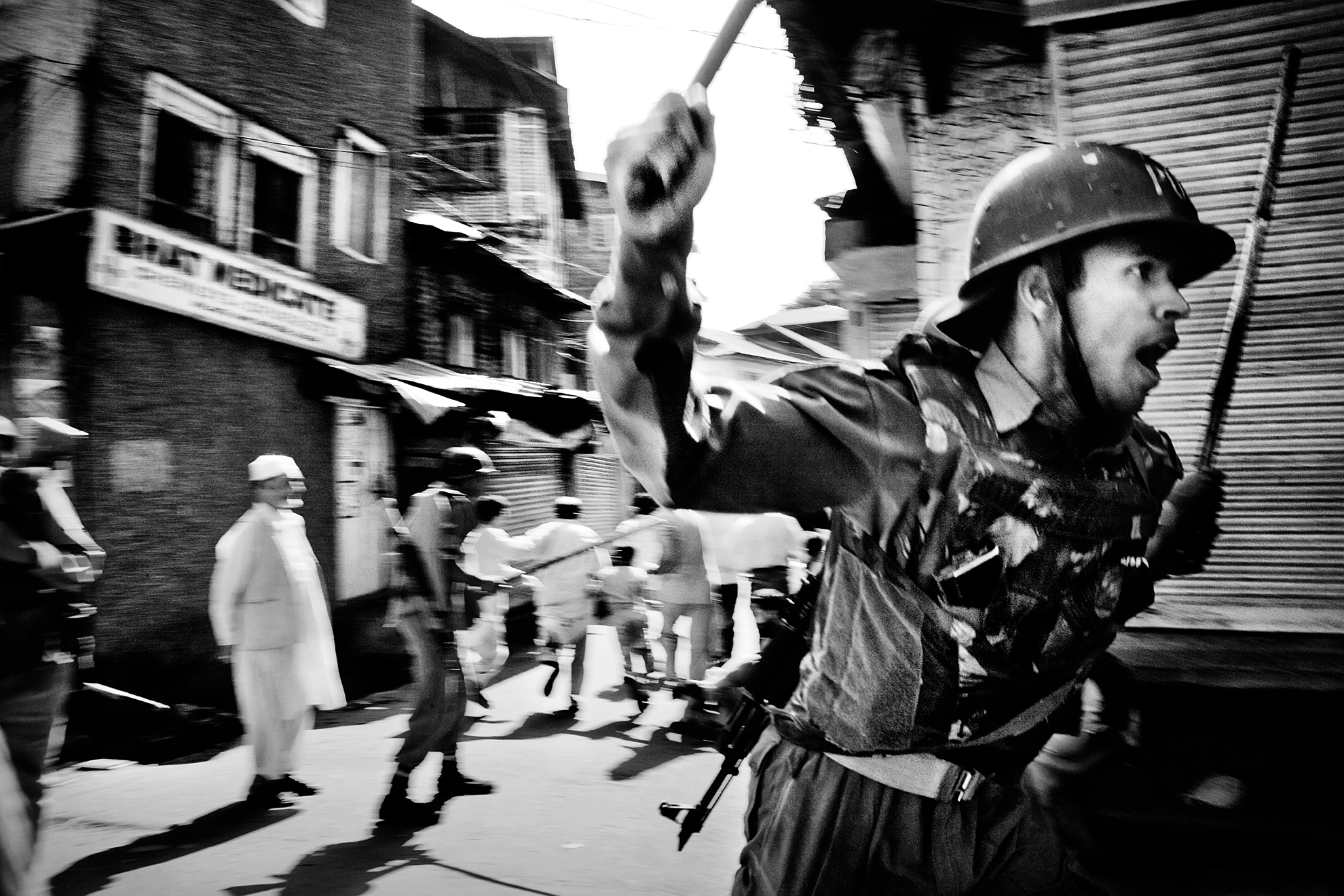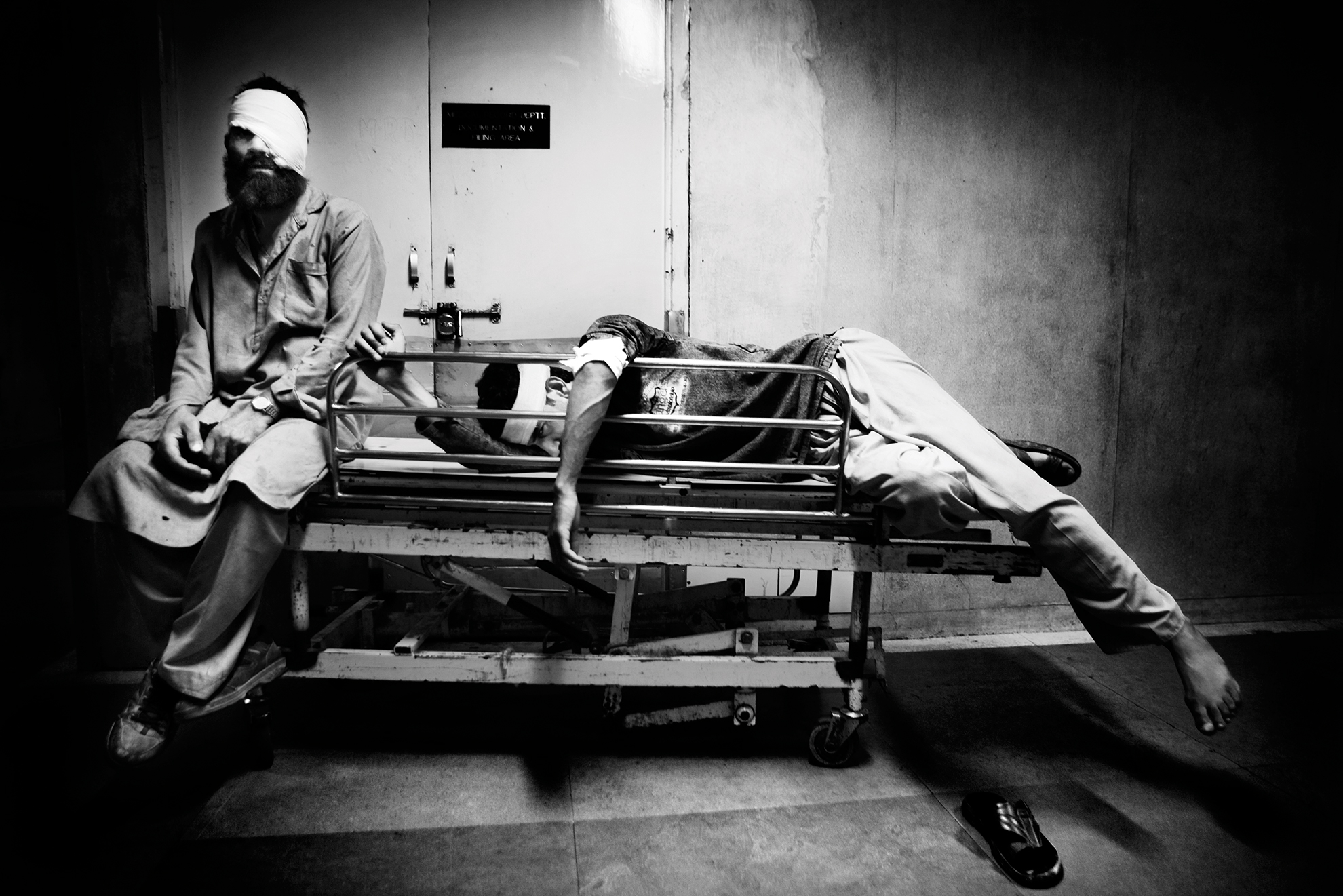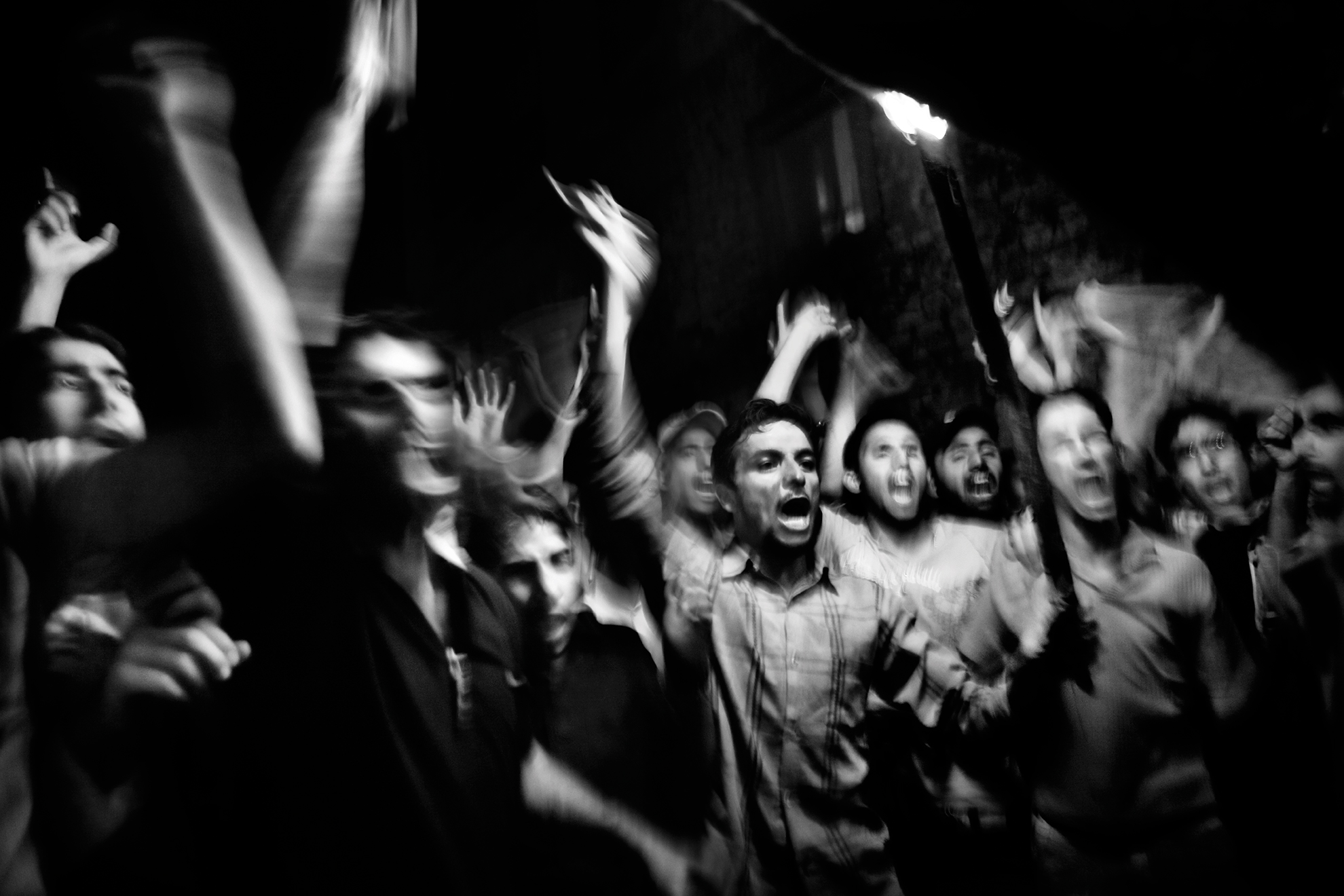Presentation
In August 2008, thousands of Muslims filled the streets of Srinagar, the capital of Indian-ruled Kashmir, shouting “azadi” (freedom) and raising the green flag of Islam. That was the start of a new revolution In Kashmir.
The Indian government’s insistence that peace is spreading in Kashmir contradicts a report by Human Rights Watch in 2006 that described a steady pattern of arbitrary arrest, extrajudicial execution, and torture by Indian security forces.
In 2005, a survey by Doctors Without Borders, who provide basic health care and psychosocial counseling to the population, traumatized by over 20 years of violence, found that Muslim women in Kashmir, prey to the Indian troops and paramilitaries, suffered some of the most widespread sexual violence in the world.
Over the last two decades, most ordinary Kashmiri Muslims have had some involvement in active rebellion. They fear the possibility of Israeli-style settlements by Hindus; reports of a government move to allocate 92 acres of Kashmiri land to a Hindu religious group are what sparked the younger generation into the public disobedience expressed of late.
Hindu nationalists have already formed an economic blockade of the Kashmir Valley. In 1989 and ’90, when few Kashmiris had heard of Osama bin Laden, hundreds of thousands of Muslims regularly petitioned the United Nations office in Srinagar, hoping to raise the world’s sympathy for their cause. Indian troops responded by firing into many of these largely peaceful demonstrations, killing hundreds of people and provoking many young Kashmiris to take to up arms and embrace radical Islam.
A new generation of politicized Kashmiris has now risen; the world is again likely to ignore them — until some of them turn into terrorists with al-Qaeda links.
Biography
Giulio Di Sturco (b.1979, Italy) is an artist based between London and Paris. He studied at the European Institute of Design and Visual Arts in Rome and then moved to India where he spent five years refining his visual vocabulary, working throughout much of Asia and Africa.
His awards include three World Press Photo prizes, the Sony Photography Awards, the British Journal of Photography International Awards, the Lens Culture Exposure Award and two Getty Editorial Grants, among many other accolades and recognitions. His project Aerotropolis was shortlisted for the Aesthetica Art Prize and nominated for the Prix Pictet 2019.
Giulio is a regular contributor to a wealth of publications, including The New York Times, National Geographic, The Financial Times, Geo, Vanity Fair and Wired.
His work has been exhibited internationally and is held in private collections. In June 2019 he published his first monograph, Ganga Ma (GOST Books).
Giulio continues to push the boundaries of documentary photography by constantly refining his aesthetic through new and old mediums. Much of his personal work focuses on human adversity in climates of environmental and technological evolution.






